Me: Nashville tower, Cherokee Niner Five One One Kilo, ready to taxi, VFR, requesting flight following to Echo, Hotel, Romeo at Four Thousand Five Hundred, with the numbers.
Tower: November Niner Five One One Kilo, Nashville Tower, Squawk Four Five Zero Seven, proceed direct on course, and bring us back some ham and mutton.
It’s a rarity to ever get an air traffic controller to break sequence, but when you fly on a near-weekly basis to discover great Southern barbecue, an extra slab of ribs, or a pound of pulled pork carefully flown back and dropped off at the control tower typically means I get “special handling” from ATC.
I’m not the first to seek such treatment.
In the ‘70s and ‘80s, drug smugglers used Piper and Cessna aircrafts to run their contraband hauls from Colombia, over the ocean, into Miami, throttling the careers of Don Johnson, while also earning the Cocaine Cowboy reputation. Rumor has it that many-a-controller overlooked the obviously suspicious flight paths, taking a cut of the snow—and the dollars—once stateside. Although my flights are hardly illegal, I like to think of my barbecue runs as my own cowboy journey—transporting deliciously smoked goodness from afar to near.

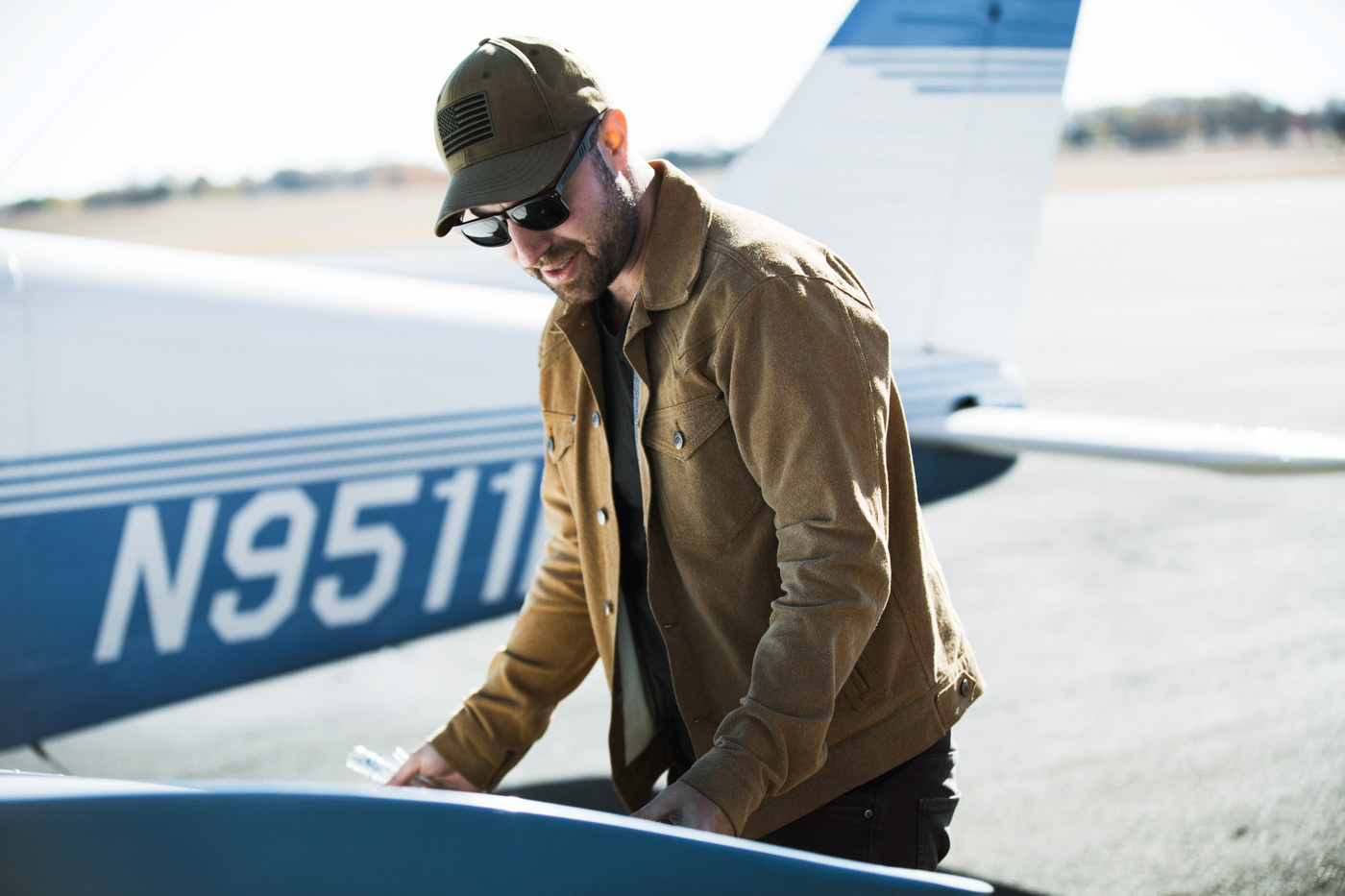



Truth be told, barbecue has very little to do with aviation, and very much more to do with the automobile. In the early days, shack pits fashioned with concrete cinder blocks and wrought steel bars sat on farmers’ fields, a weekend gig to supplement the harvest, as well as the local appetites. With the advent of the motorized vehicle, patrons leisurely passed a weekend afternoon driving from county to county, sampling each pitmasters’ unique fare—thus spawning the never-ending, passionate argument as to whose ‘cue reigns supreme. Such arguments never end peacefully.
But I’m incredibly impatient. When the urge to eat smoked whole hog at Wilber’s in Goldsboro, North Carolina, or spicy-sweet slathered ribs at Helen’s in Brownsville, Tennessee, strikes, I don’t have time for a day’s drive. Instead, I fire up my ‘77 Piper Cherokee, flying direct on course until I can literally smell the smoke and the meat—and that’s when it’s safe to land, my friends.
Today I’m on a 337-degree heading out of Nashville, direct to Henderson, Kentucky. The hour-long hop proceeds straight through the urban heart of Music City—skyscrapers reach up toward me while traffic snarls below. Upon crossing the Tennessee-Kentucky border, I gaze upon a wide open world of bluegrass hills, strip mines and fields as far as the eye can see—a comforting sight should the engine decide to have a hiccup.

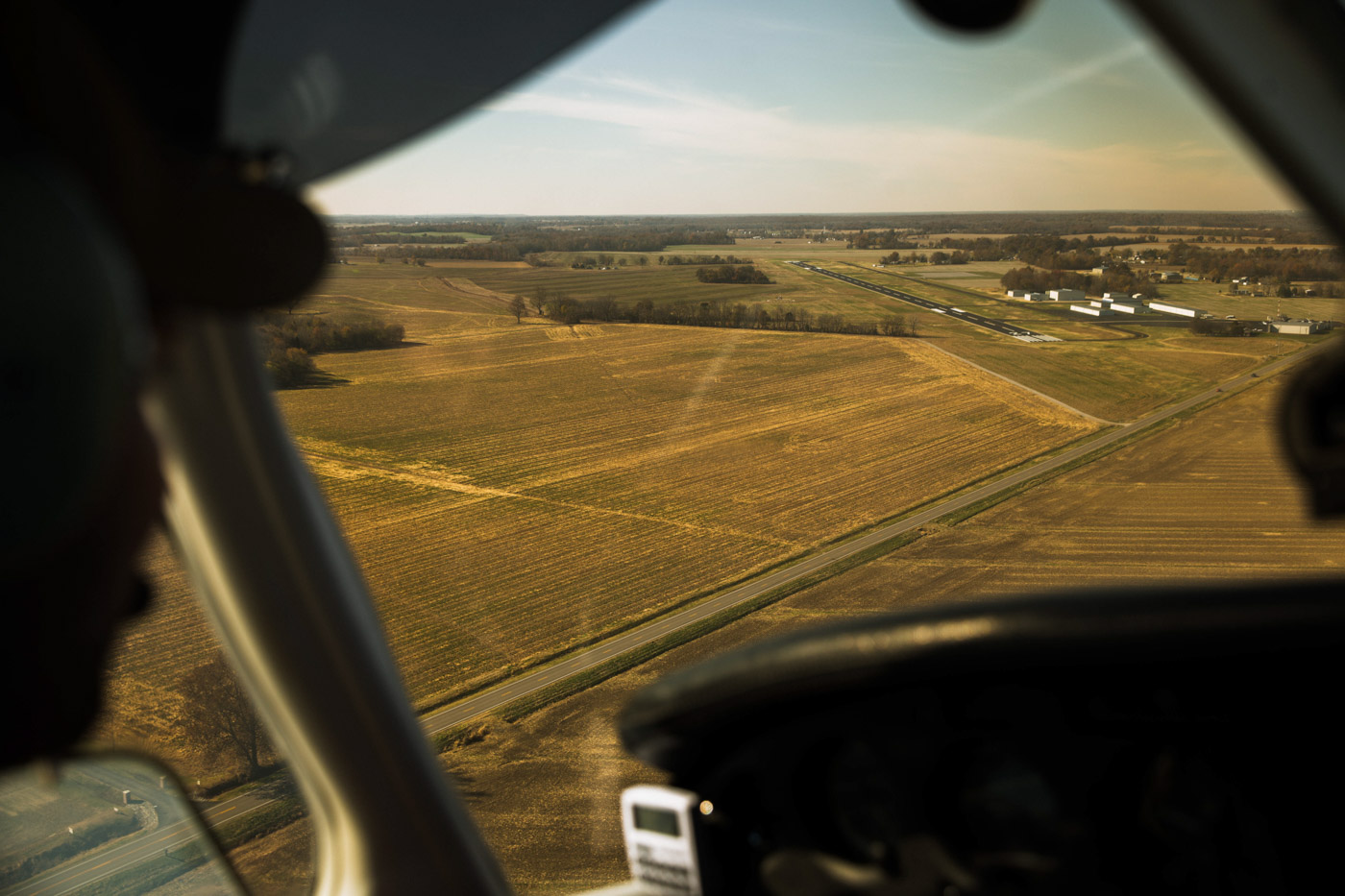
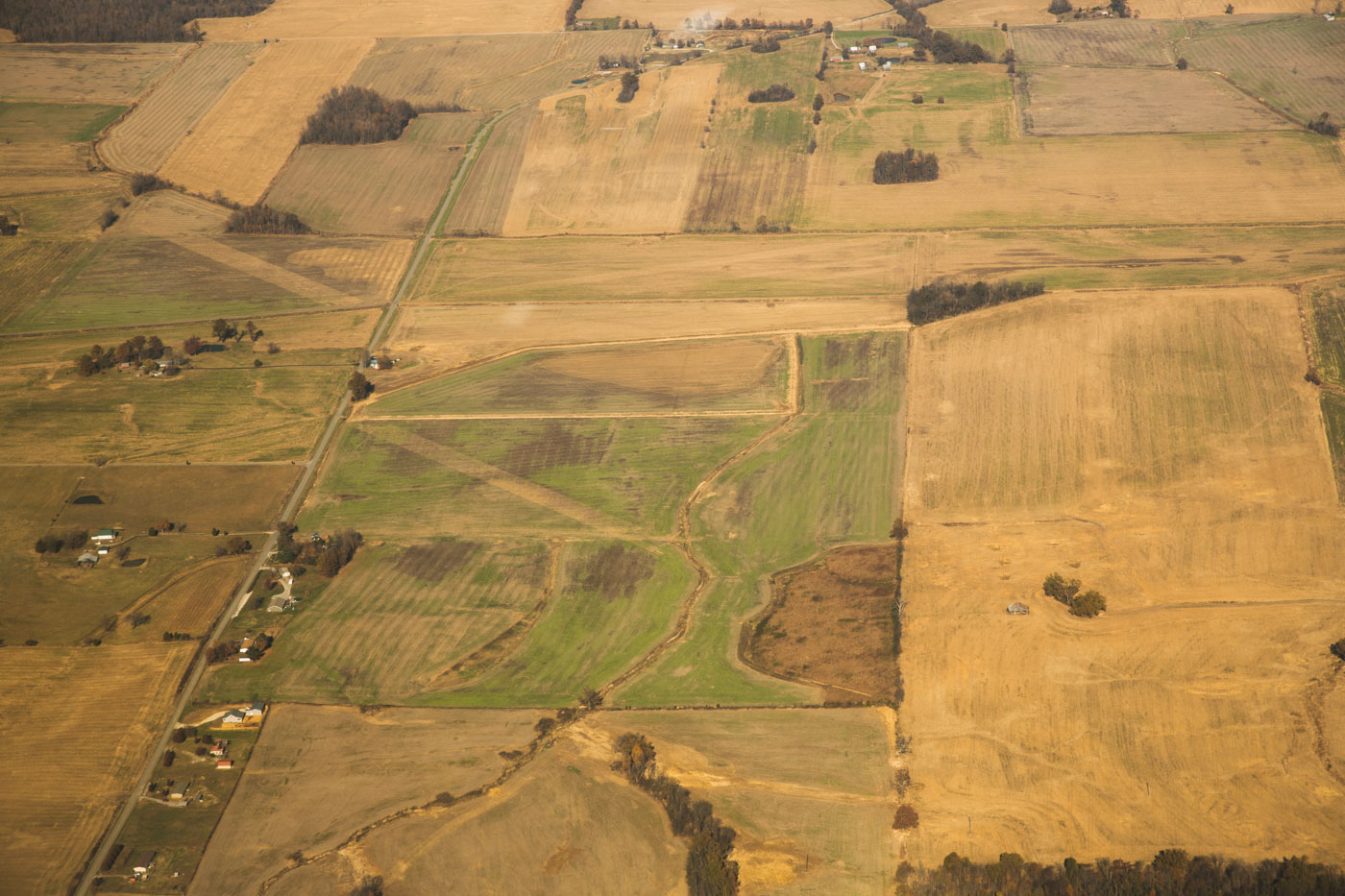
My destination is Peak Brothers Bar-B-Que in Waverly, Kentucky. Candidly, there ain’t much going on in this Union County town aside from mining, horse racing or gambling—all honorable professions in the Commonwealth, though outsiders might wonder how one could ever call such a place home.
That’s until you meet Irene Rich, owner and proprietor of Peak Brothers, and one of the most genuine, hard-working, persistent and loving individuals I’ve ever encountered throughout my cowboy travels.
“Honey, you want a Waylay?” Rich asks as I walk into the separate bar area, where cigarette smoke looms in the neon lights. Seeing as though the Waverly Waylay is a drink made up of roughly six different spirits, combined with the fact that I have to fly an airplane home, I politely decline—although it pains me to do so.
Peak Brothers has long served as a meeting and feeding place for the entire community, started by Rich’s father, Buddy Peak, along with his brother Barker upon returning from World War II on July 4, 1948.
Peak’s style of barbecue is authentic to what you should find in western Kentucky—chipped and sliced mutton reign supreme in this part of the state. Sauce—or dip as it’s known—is mainly a vinegar-based, thin concoction that’s red in hue due to a slight bit of tomato paste, a departure from the black Worcestershire’d cousin that appears as you make your way east. When I press Rich, as I tend to do, as to why mutton became the signature meat of the region, she can best attribute the happenstance to the frugality of the Catholic faith.
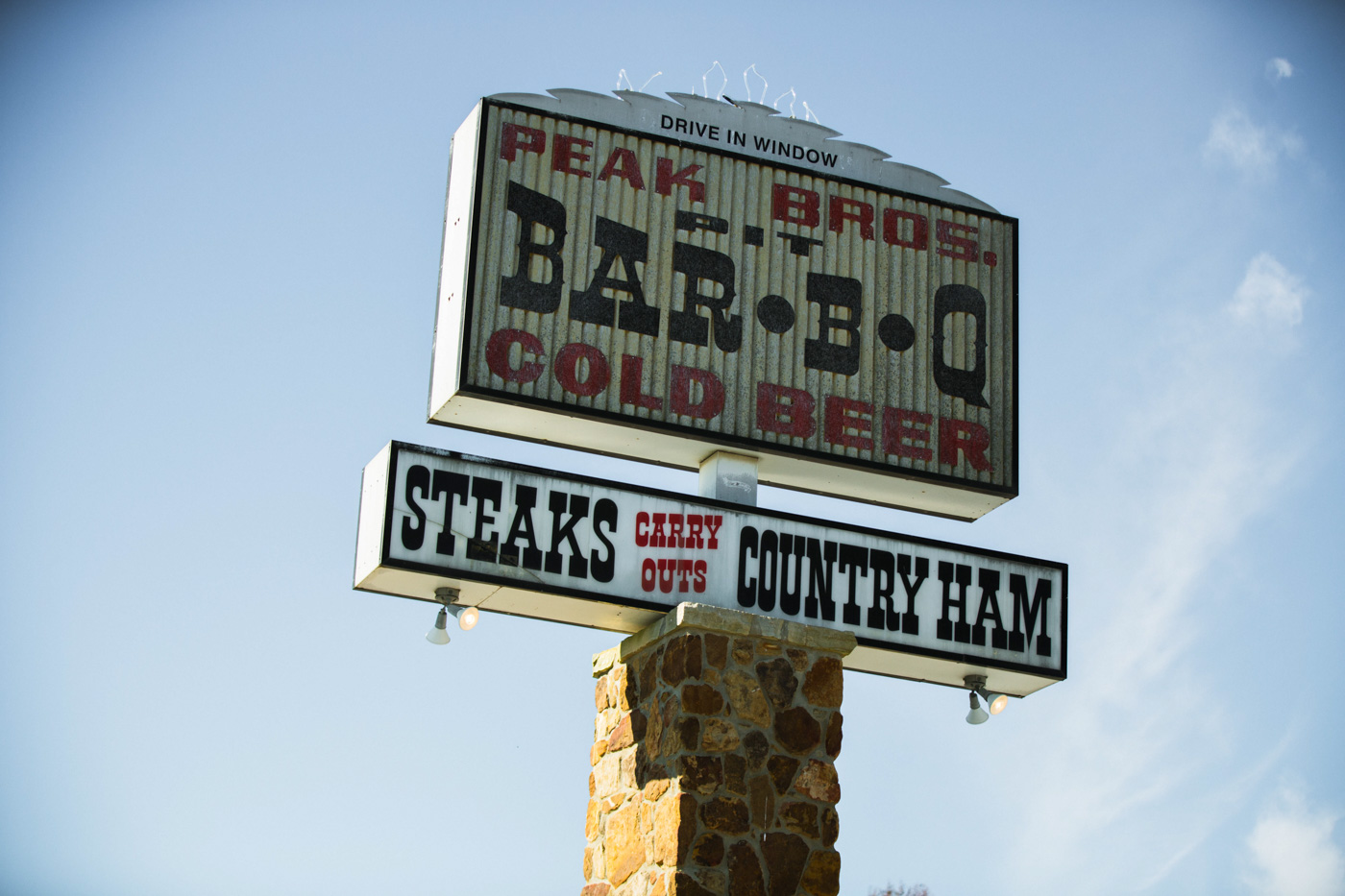
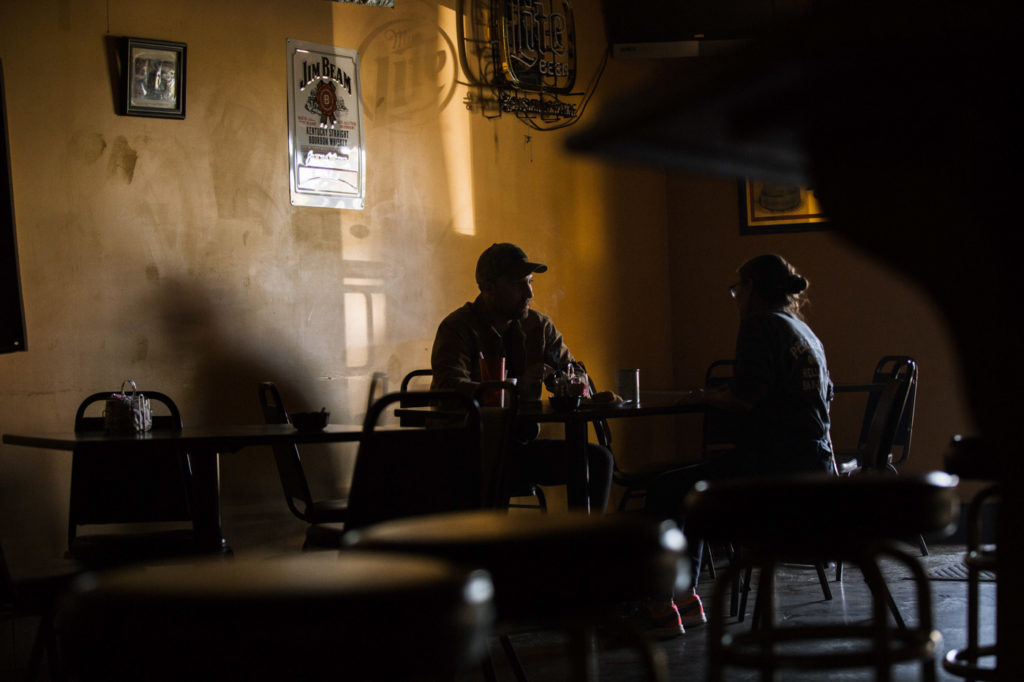
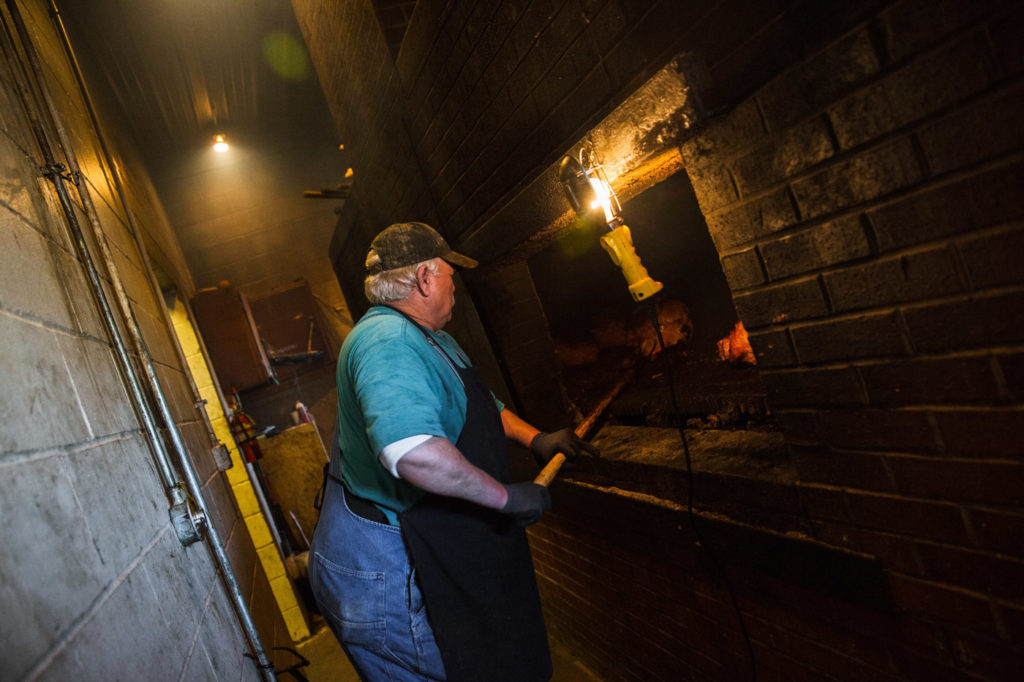
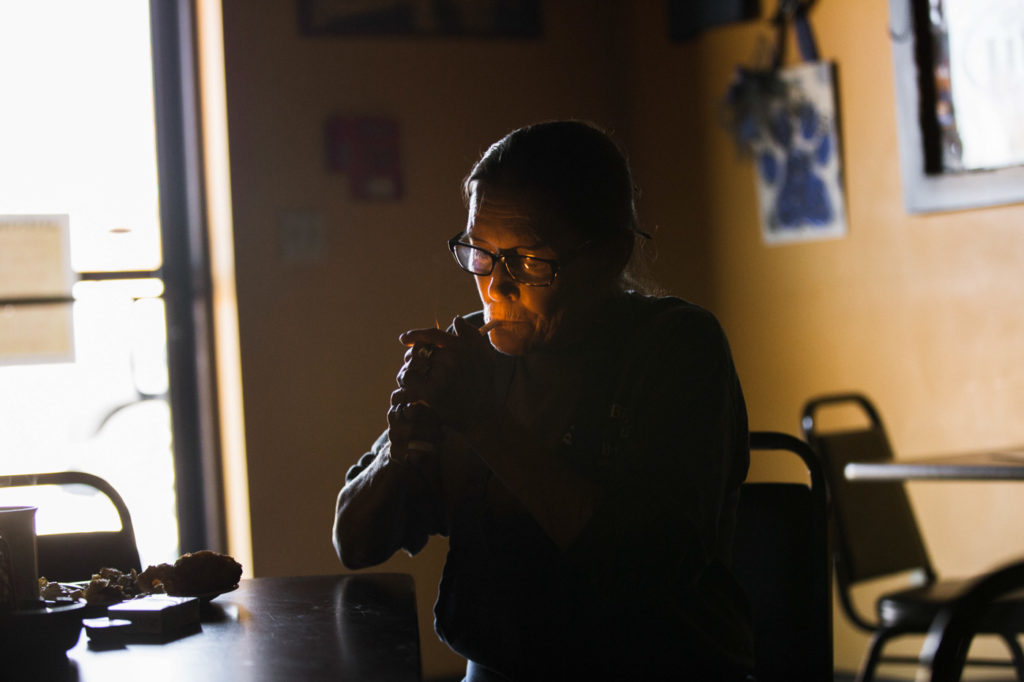
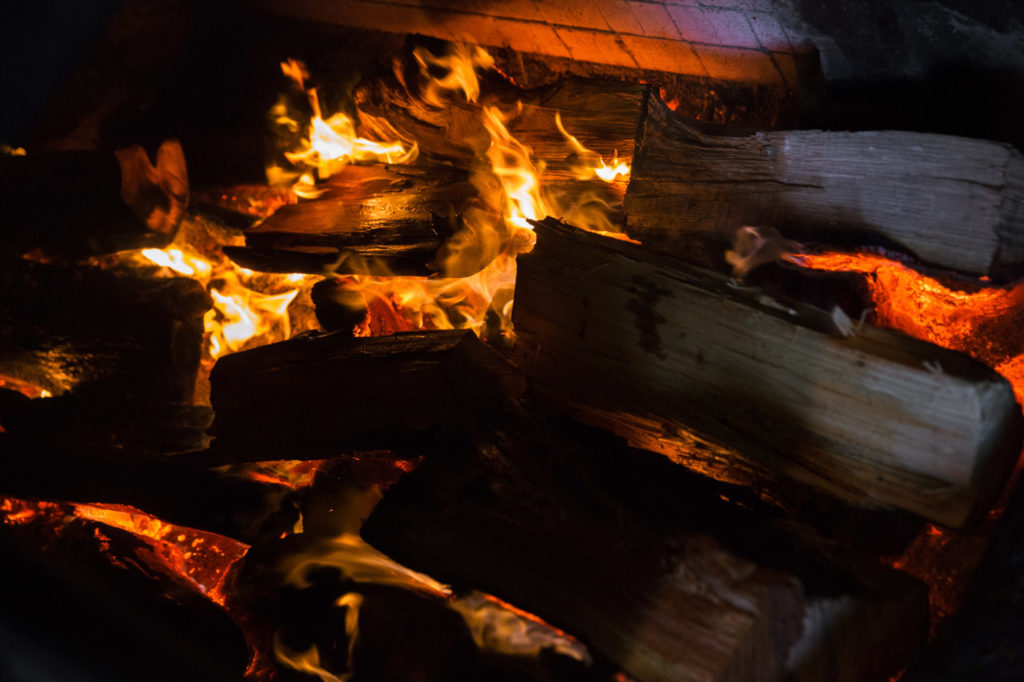
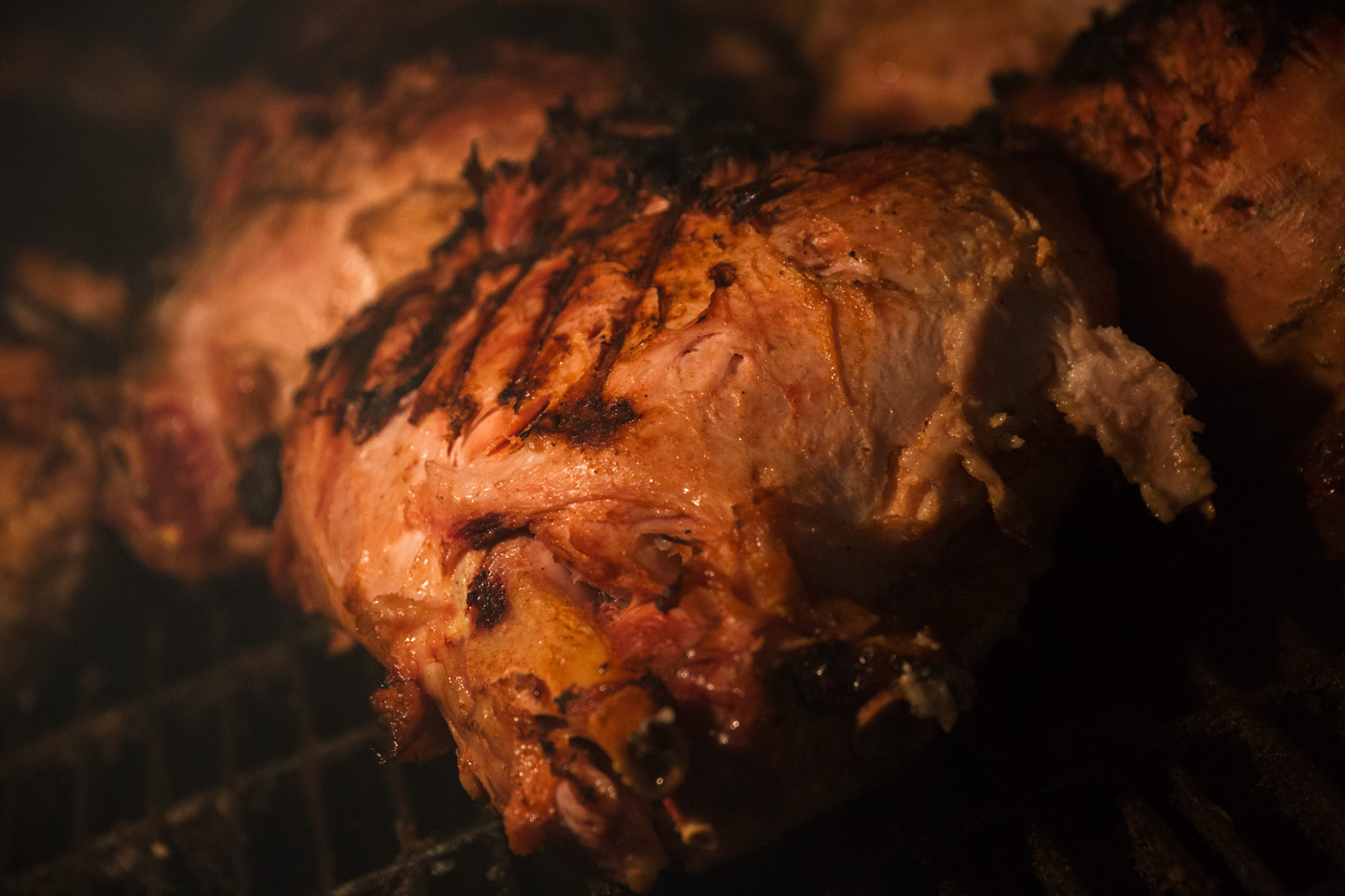
The post-church picnic was too costly when serving masses the likes of beef or hog, so the congregation turned to barbecuing sheep instead. Let me tell you something, the day you pile high chipped mutton onto soft white bread with raw, sliced Vidalia onions and a smattering of dill pickles—that, my friends, is a life changing day. There’s an incredibly rich, distinct flavor that comes from the meat, further nuanced by Rich’s pitmaster, Tony, as he carefully smokes every item over coals of hickory and white ash. And when I say carefully, I mean it.
In the summer of 1976, Peak was completely destroyed by a fire that originated in the pits. Seeing as though all of Rich’s siblings worked in the restaurant, the entire family was devastated. Nevertheless, the one-foot-in-front-of-the-other mentality of Appalachia prevailed; Buddy continued to smoke his famous bone-in hams during that holiday season, working wherever he could to keep the family afloat and the dream alive. He rebuilt the restaurant in 1977.
But let us not skip over the ham part. You’ve never had a ham, until you’ve had a bone-in smoked ham from Peaks. These 30- to 40-pound hunks of meat are slow-smoked for nearly eight hours, coated in a peppery bark and chilled until ready for service. In an era where you can order nearly everything through the internet, Rich still shuns the capitalistic lure, choosing to only sell her hams locally; she moves over 2,000 during the Thanksgiving and Christmas seasons. First lady Lady Bird Johnson knew what was up—as she was a regular on the list to receive a ham or two throughout the holidays.
When the time came, Buddy transitioned out of the business in the ‘80s, leaving it in the hands of his kids, including Rich.
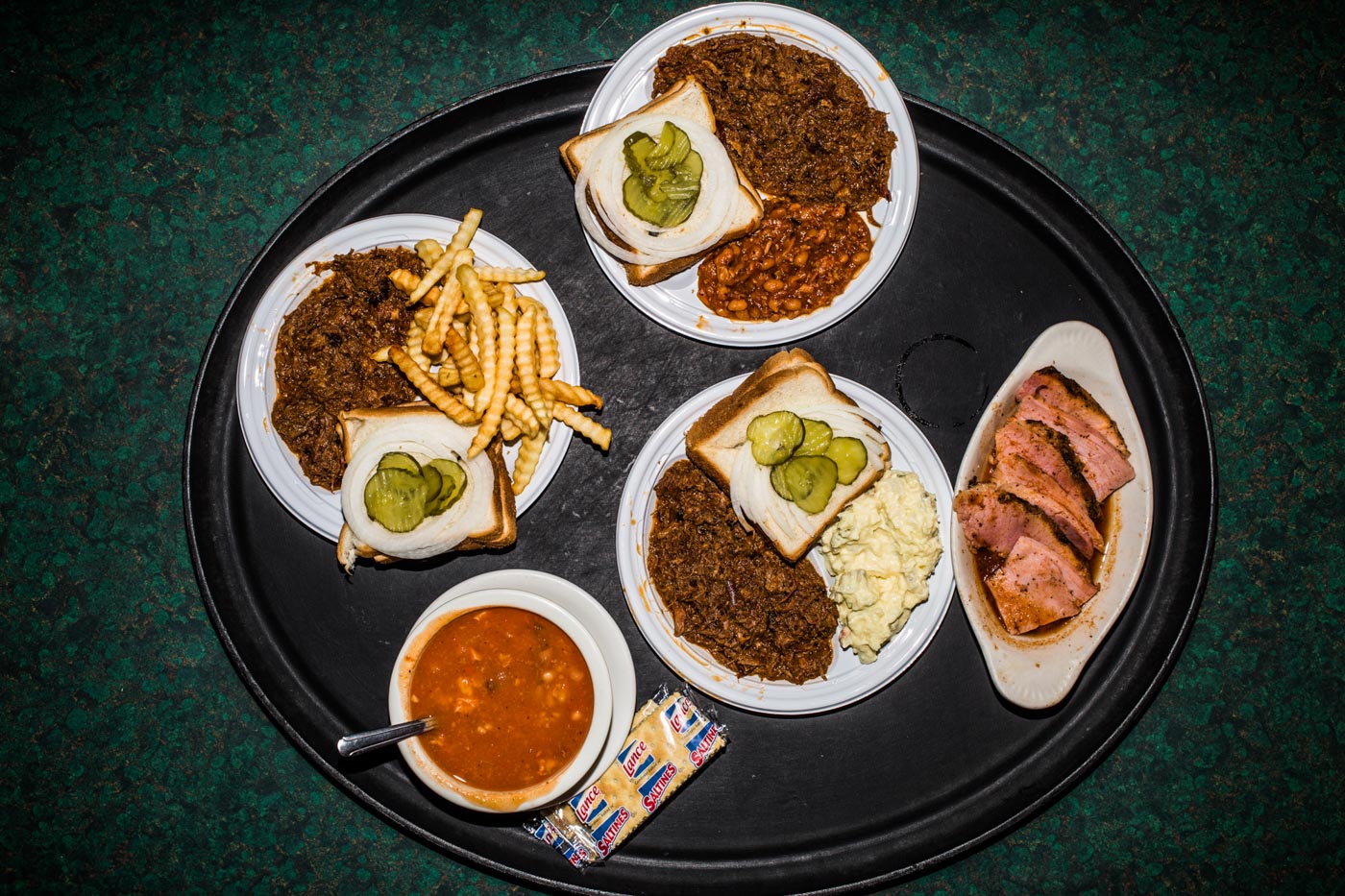
But life is not always fair, nor full of good fortune. Peak Brothers was snake-bitten a second time in 2006 when the restaurant—including the original pits not destroyed by the first fire—was completely lost to another round of flames.
Ever the fighter, Rich stuck to her guns, and with the support of her family and husband (whom she lost in 2011), she rebuilt the restaurant a third time. There’s an overwhelming sense of sadness when she speaks of those tragedies, but it’s made up by an enormous amount of pride when she tells me that her daughter, Candace, will take the helm as Peaks’ stewardess for the third generation. I take comfort knowing such a worthwhile establishment will live on for my own kids to enjoy; such is the joy of tradition and good family business.
After filling myself to the brim, I give Rich a big ol’ hug, as is Southern tradition, before packing up my hams and heading for the airport. Considering the superiority of her food, we both know we’ll see each other very soon.
Weight and balance in a small aircraft is something no pilot should take lightly. As I load my hams into my plane in Henderson, I calculate density altitude, takeoff weights, load settings, wind direction and fuel capacity to ensure I can lift off the runway, clear any obstacles, and safely make my return trip home.
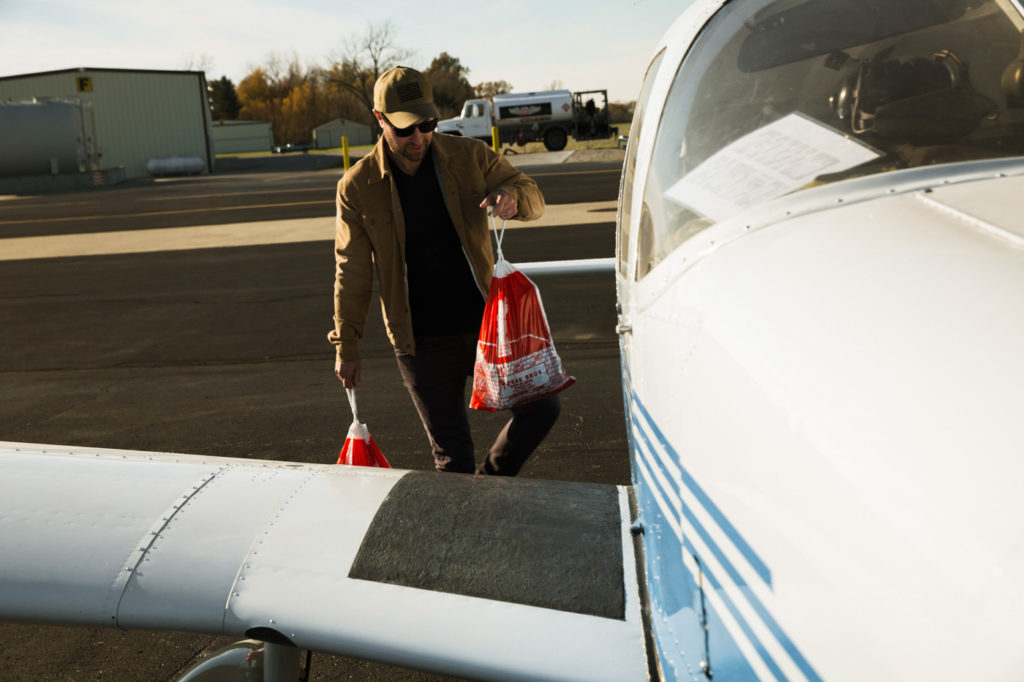
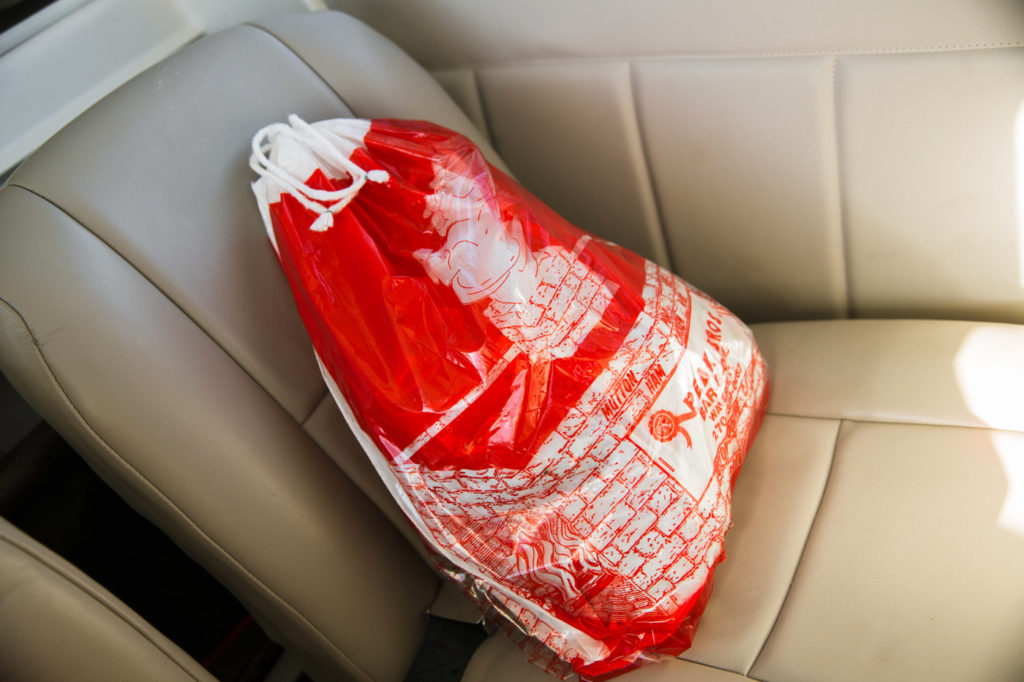
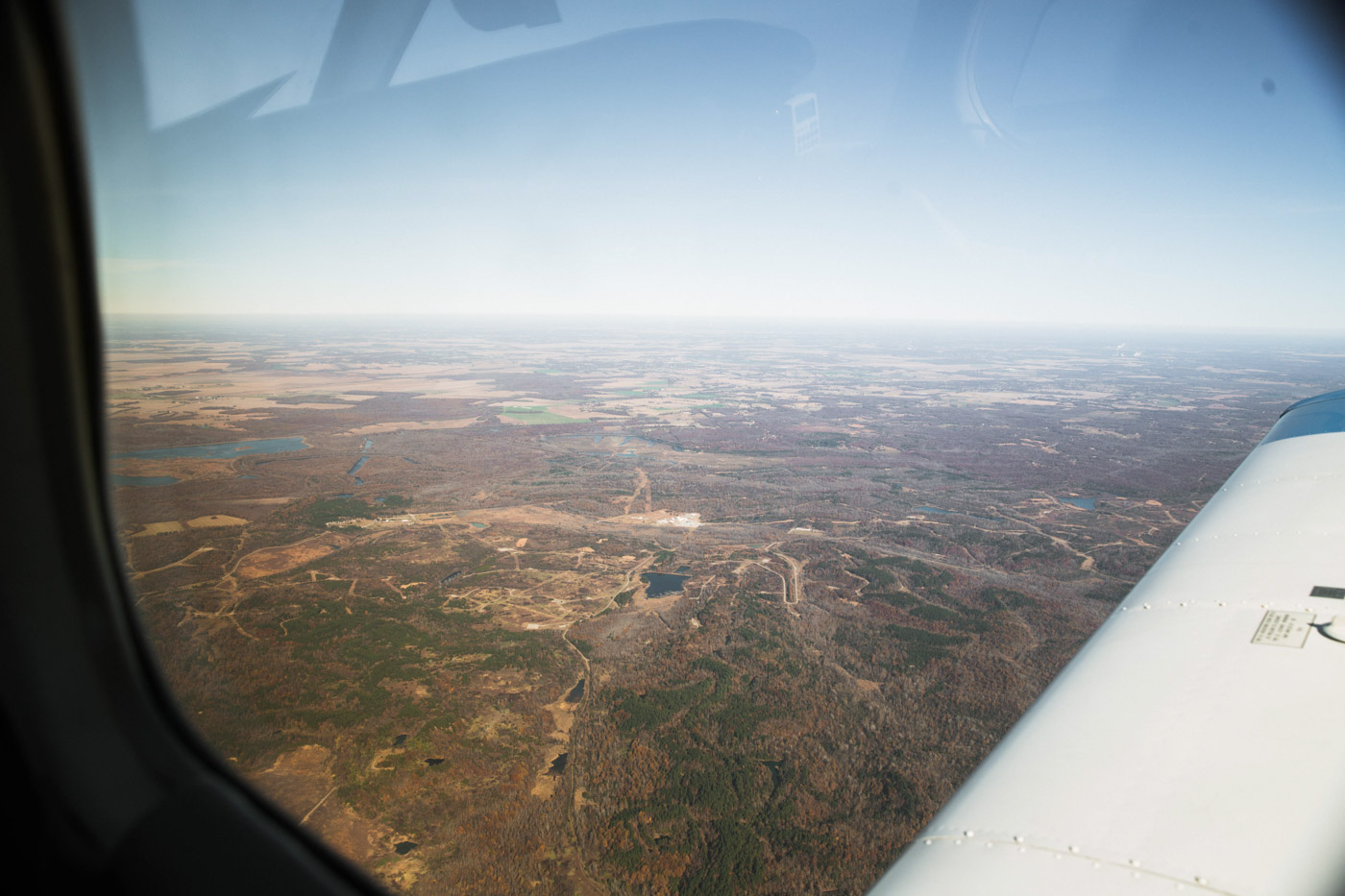
I apply full throttle, roaring down runway Two Seven as my airspeed comes alive. At 70 knots, I rotate the plane, lifting off just 1,000 feet or so down the runway. I breathe a sigh of relief knowing I conservatively packed the plane within its limits. But I smile knowing next time, I can fit one more damn ham in the back for the ride home. Lord have mercy.







Our comments section is for members only.
Join today to gain exclusive access.